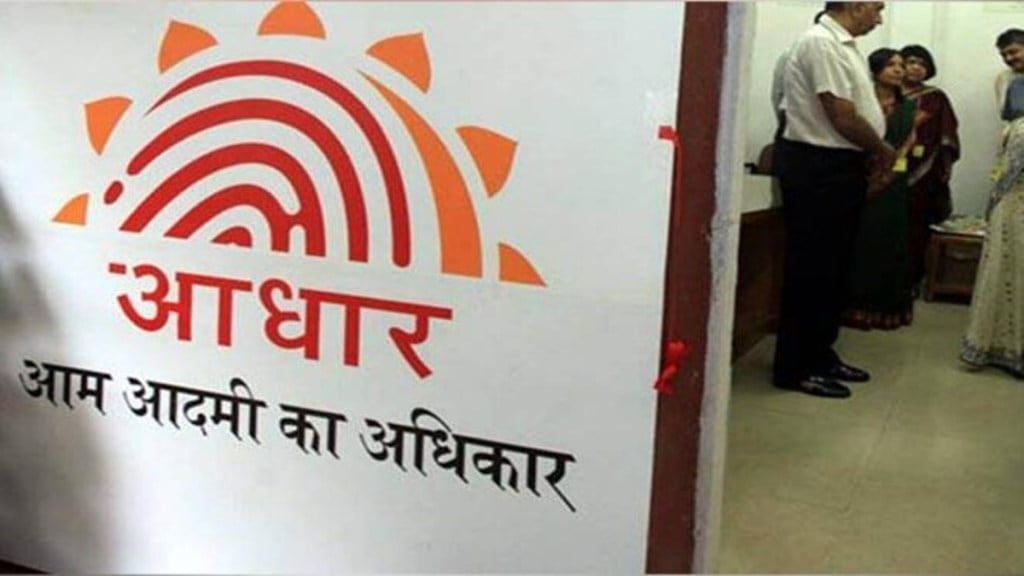By Mahesh Nayak
Credit bureaus in India have sought permission to use Aadhaar number for client mapping, aiming to enhance the accuracy and efficiency of credit reporting systems. A detailed presentation in this regard has been made to the Reserve Bank of India (RBI), seeking to leverage the unique identification capabilities of Aadhaar to enable smooth working of the credit market and eliminate cases of identity frauds.
A senior official at a credit bureau said, “Aadhaar could play a crucial role in accurately mapping credit histories and minimising identity mix-ups. By ensuring precise attribution of credit information, credit bureaus can deliver more reliable credit reports and scores, ultimately enabling lenders to make more informed decisions.” At present, credit bureaus use PAN (permanent account number), Form 60 (self-declaration form for a person without PAN) and mobile number as identification proof for mapping customer credit. With the mandatory linking of PAN and Aadhaar cards under the Income Tax Act, credit bureaus want Aadhaar as a single identifier for convenience. This development could potentially simplify the credit reporting process and enhance efficiency.
Bankers, however, have a contrarian view. They said the problem is more of an operational issue at the credit bureaus’ end.
A senior banker said it’s primarily to do with inaccurate reporting, which involves correlating data using broader range of fields, thereby moving beyond the limitation of the current data set. Bankers said utilising a wider range of data fields for mapping client/customer data would be more effective in resolving the issue, rather than relying on adding another identifier like Aadhaar.
The existing identifiers might already be sufficient for credit reporting purposes if credit bureaus utilised more comprehensive data fields. For instance, using the entire date of birth instead of just the month and the year and/or capturing the full name including initials and middle name rather than just the first name and surname could enhance customer credit mapping profiles. Similarly, incorporating the entire address of the customer instead of just the locality, area, and city could provide more accurate information. Given these potential improvements, some believe that even masking the Aadhaar number to show only the last four digits might not offer significant additional benefits in terms of accuracy or efficiency.
A banker from a mid-sized private sector bank said that the bank receives around 100-150 complaints monthly due to inaccurate credit bureau mapping. Over the past six months to a year, these complaints have increased, with customers struggling with their credit scores. Moreover, even after rectifying the improper mapping, the credit scores often don’t improve, causing concern for borrowers. This issue highlights the need for more accurate and reliable credit reporting systems.
Credit bureaus would need to work closely with the regulator and all stakeholders to ensure that the benefits of Aadhaar cards are realised while minimising the risks, experts said. The use of Aadhaar cards for client mapping has the potential to enhance the accuracy and efficiency of credit reporting systems in India. However, it is crucial to address the concerns around privacy, security, and regulatory compliance.
